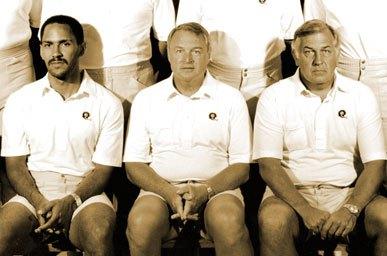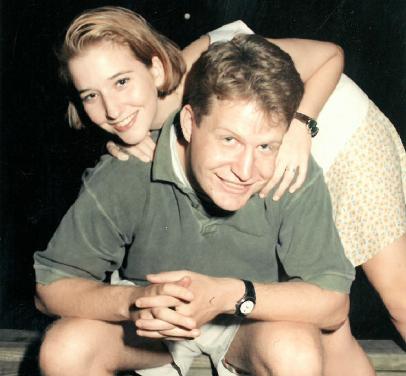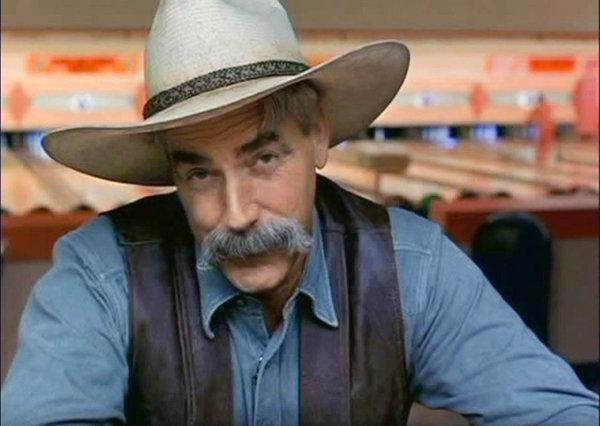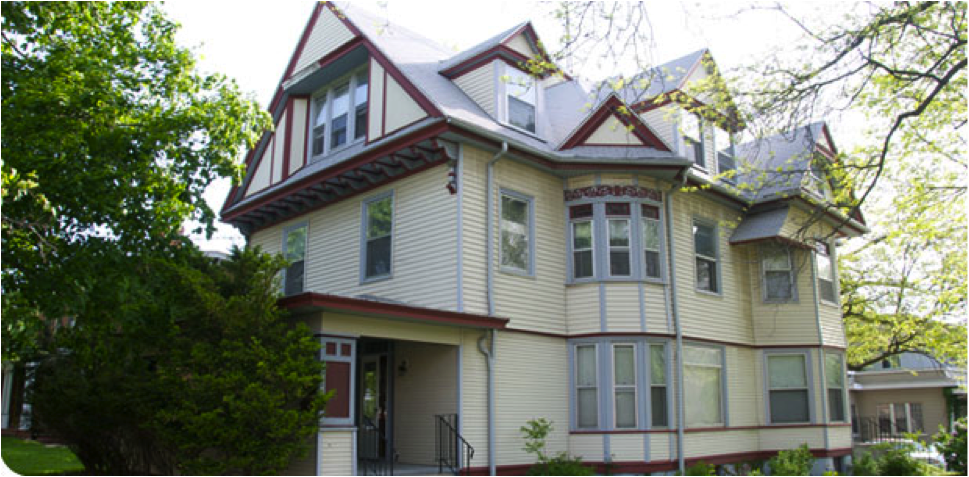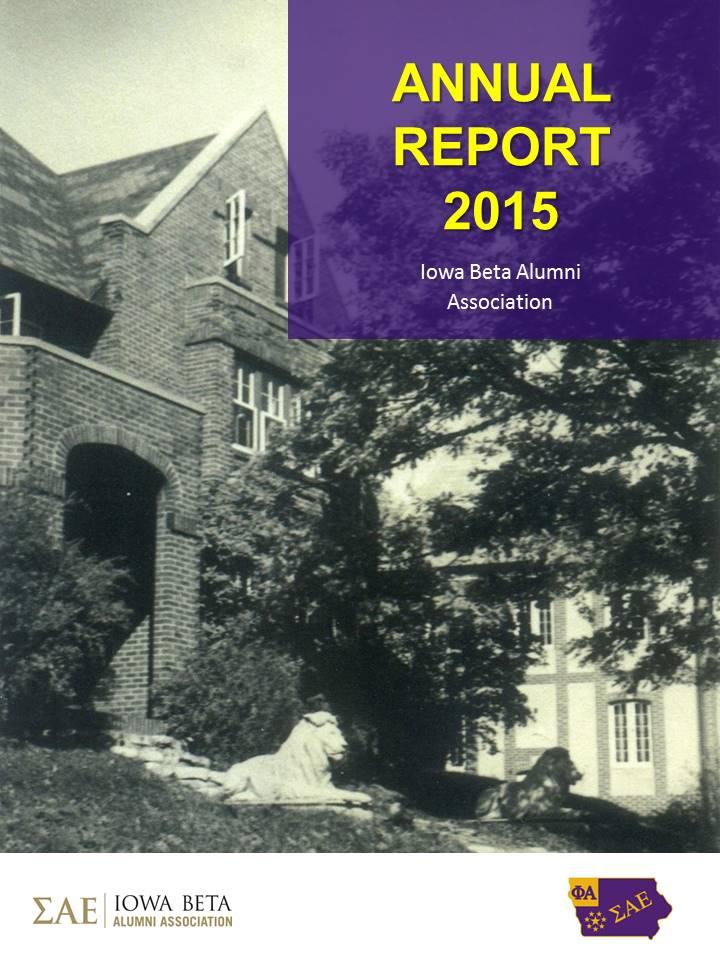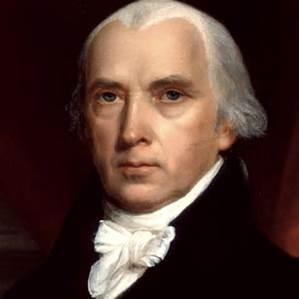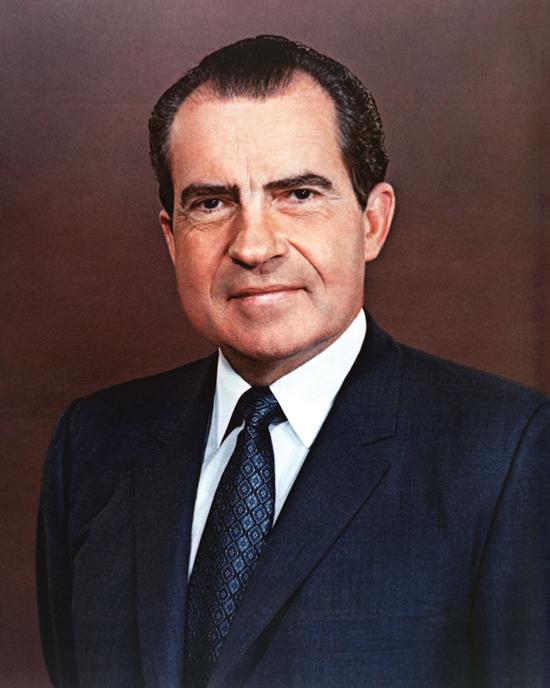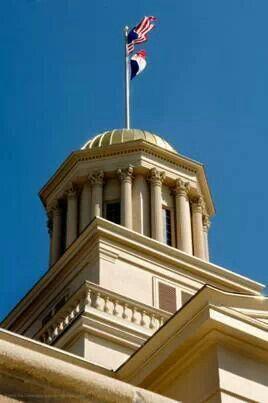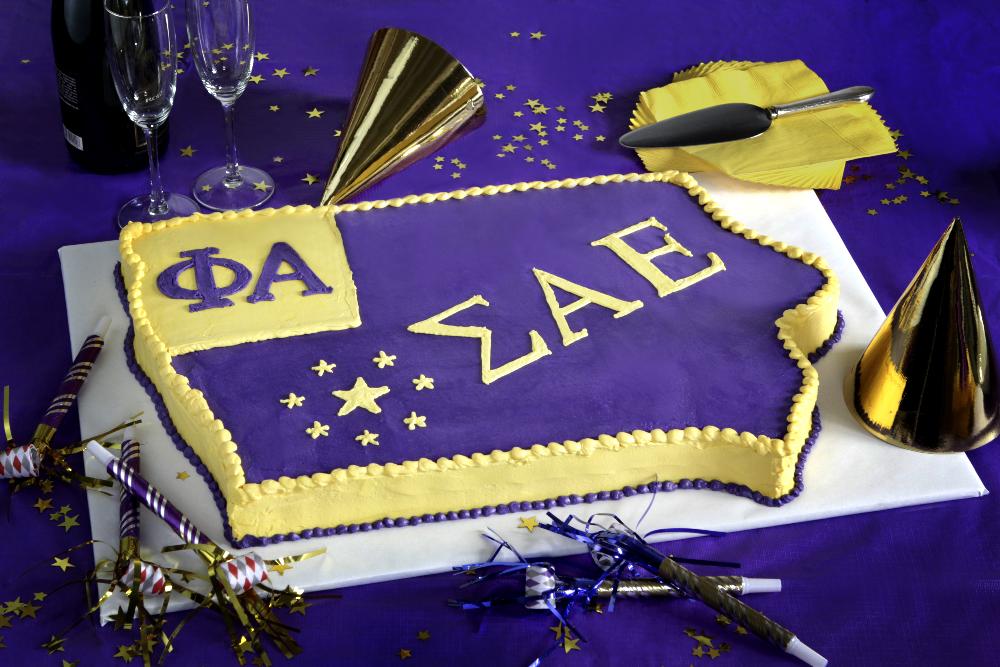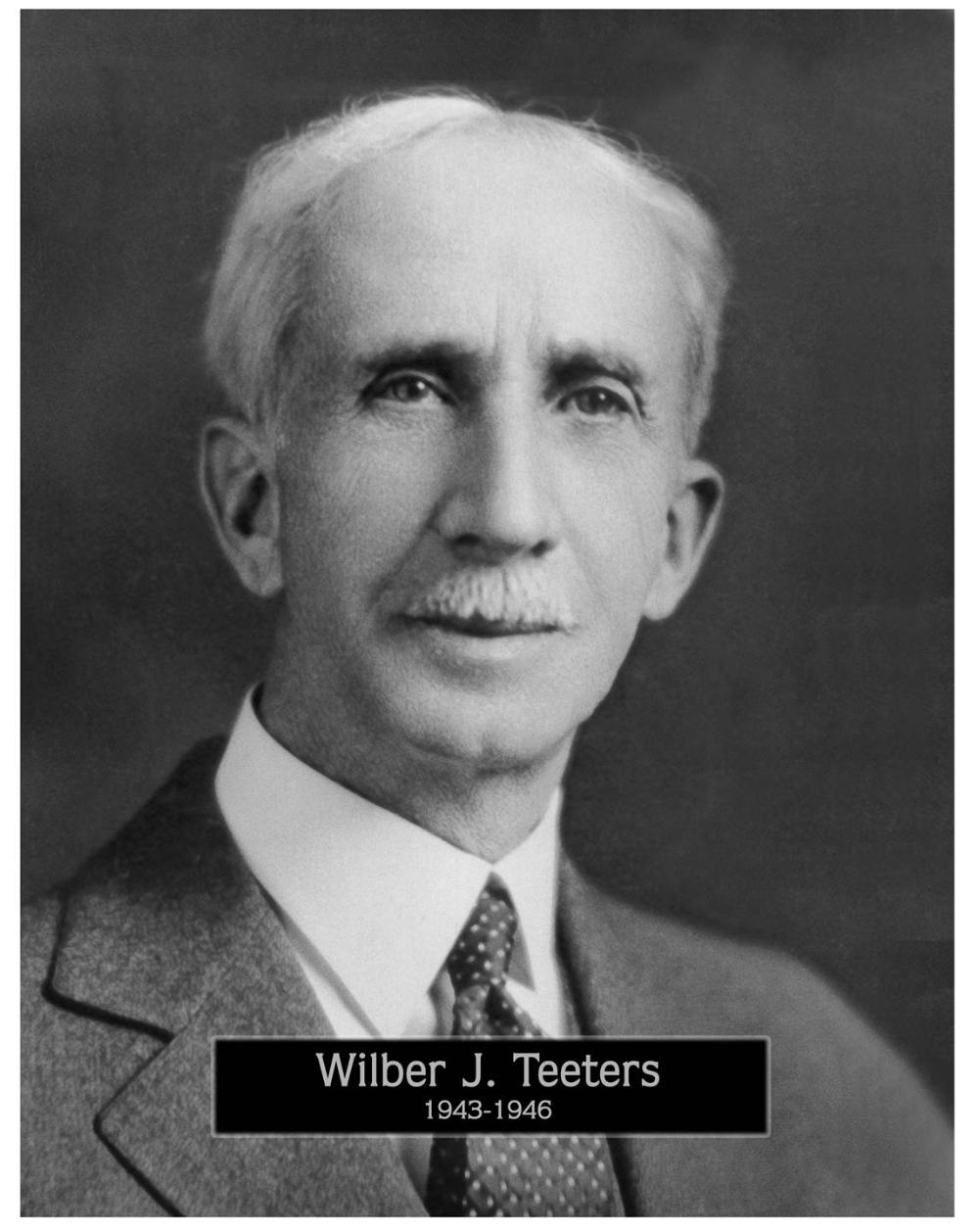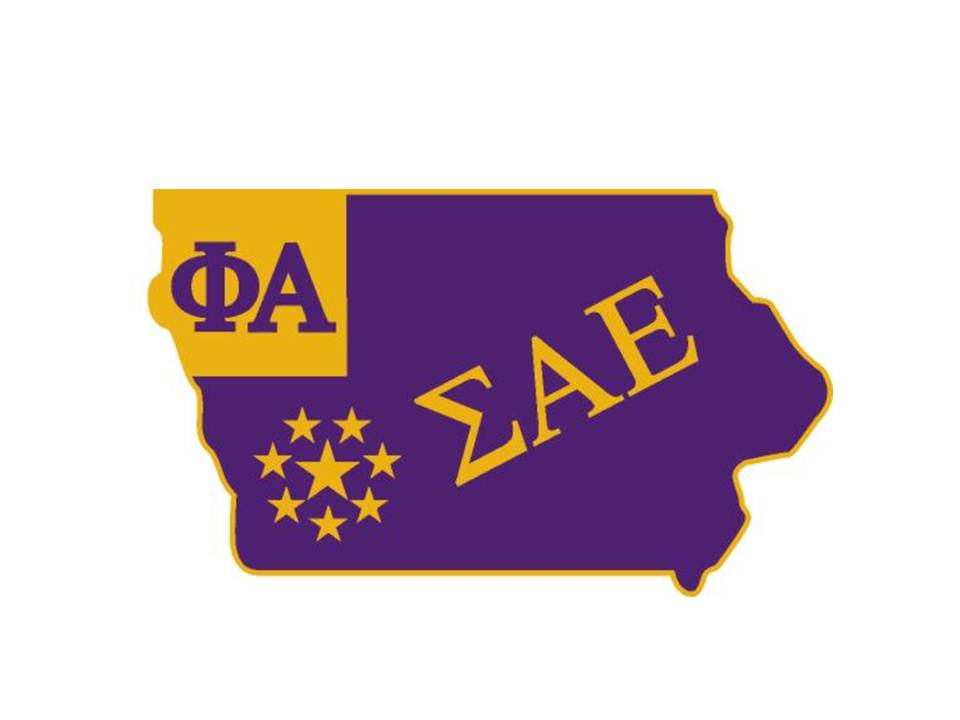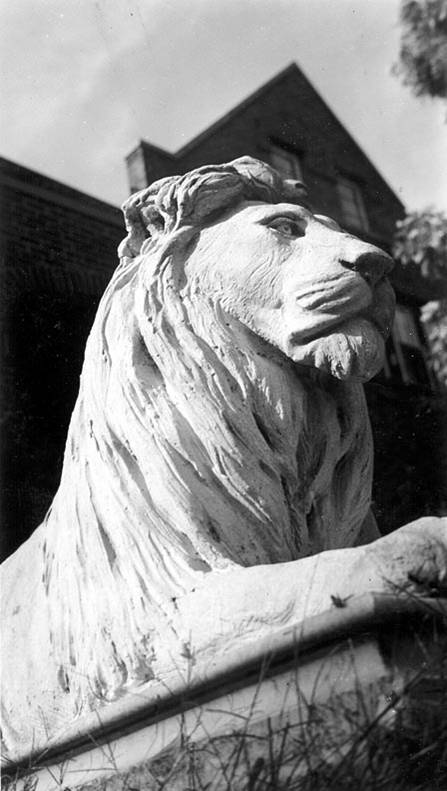Moore is 300th member to join Iowa Beta
Alumni Association
We are pleased to announce that the 300th person to become a member of the Iowa Beta Alumni Association is one of the most respected football coaches in history.
Tom Moore (IABE ’61) is currently the Assistant Head Coach/Offense for the Arizona Cardinals football club. With 37 years of NFL coaching experience and 51 seasons in total as a coach, Moore has greatly impacted the game and tutored some of its greatest players. He is considered to be a genius at developing offensive talent. He joined the Iowa Beta Alumni Association in December 2015.
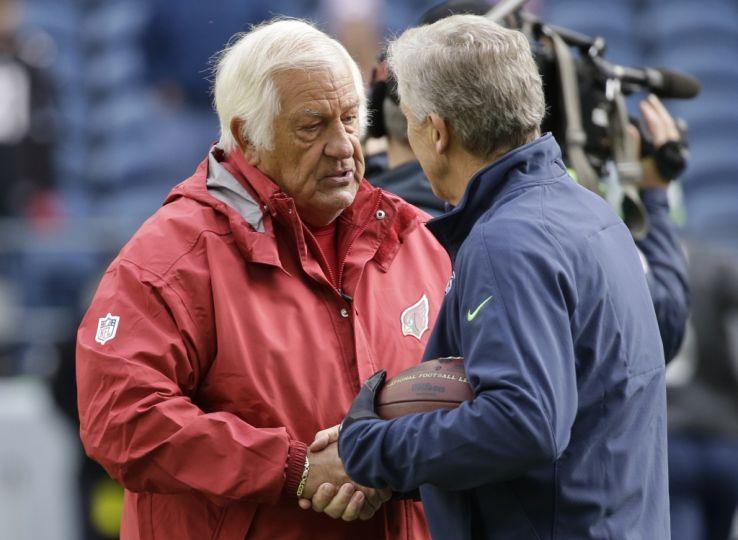
Moore has coached at both the college and professional level. During his coaching career, Moore has mentored current Hall of Fame players Lynn Swann, John Stallworth, Terry Bradshaw, Franco Harris, Mike Webster, Barry Sanders, Marshall Faulk, Randall McDaniel and Cris Carter as well as several likely future Hall of Fame players.
Under his guidance, twenty-three different NFL players have achieved a combined total of sixty-two Pro Bowl selections. As an assistant coach, Moore has appeared in the Super Bowl four times and won three, earning two Super Bowl rings with the Pittsburgh Steelers and one with the Indianapolis Colts.

Growing up in Owatonna, MN, a small town about 40 miles west of Rochester, MN, Moore was an athletic boy who enjoyed sports and was particularly good at football.
Moore attended Rochester High School, where he earned All-American football honors as a quarterback. He was elected to the Rochester, MN Sports Hall of Fame in 2005.
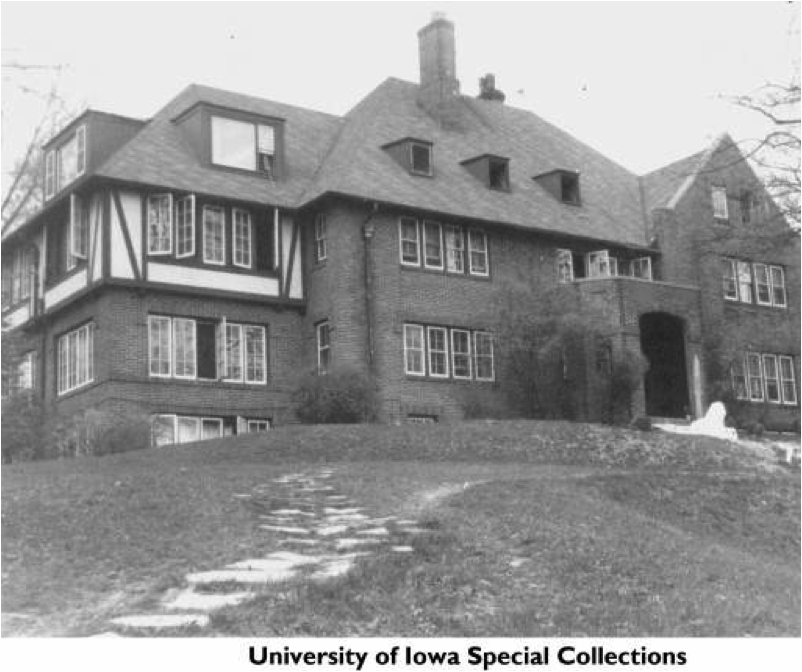
Moore attended the University of Iowa and became the quarterback for the Hawkeyes, playing from 1957–1961. While at Iowa, Moore pledged the Iowa Beta chapter of Sigma Alpha Epsilon. He was initiated into the fraternity on November 24, 1958 and received badge number 102602.
Brothers initiated with Moore on that day were: Larry Fruehling (IABE ’60), Dr. James Graham (IABE ’61), Dr. Carl Highgenboten (IABE ’61), Michael Lewis (IABE ’61) and Lavern Luepker (IABE ’59).
Moore graduated with a degree in history in 1961 and began his football coaching career as the Hawkeyes freshman team coach during the 1961–1962 season. He then served two years in the US Army, where he coached an army division team in Korea as well as the post team at Fort Benning, GA. After his service in the military, Moore returned to college football coaching.
From 1965–1968, he was the backfield coach at the University of Dayton. Over the next several years, Moore coached offense at Wake Forest University, the Georgia Institute of Technology, and the University of Minnesota. He also coached one year for the New York Stars, of the short-lived World Football League, prior to returning to the University of Minnesota.

In 1977, Moore began coaching in the National Football League as the receivers coach for the Pittsburgh Steelers, serving on legendary coach Chuck Noll’s staff and was instrumental in helping expand their football dynasty. Moore helped lead the Steelers to victories in Super Bowl XIII (35-31 over Dallas) and Super Bowl XIV (31-19 over Rams).
After 13 successful seasons, Moore left the Steelers in 1990. He then joined the Minnesota Vikings, serving as assistant head coach/quarterbacks (1990), offensive coordinator (1991) and wide receivers coach (1992-1993).

In 1994, he joined the Detroit Lions, first becoming the quarterbacks coach and then serving as offensive coordinator. In 1995, the Lions led the NFL in total offense and became the first team in history to have two receivers with over 100 catches in a single season (Herman Moore and Brett Perriman.) After his successful tenure in Detroit, Moore joined the New Orleans Saints as the running backs coach for one season in 1997.
In 1998, he joined the coaching staff of his good friend and former Pittsburgh Steelers colleague Tony Dungy as offensive coordinator for the Indianapolis Colts. It was the same year that Peyton Manning joined the Colts.
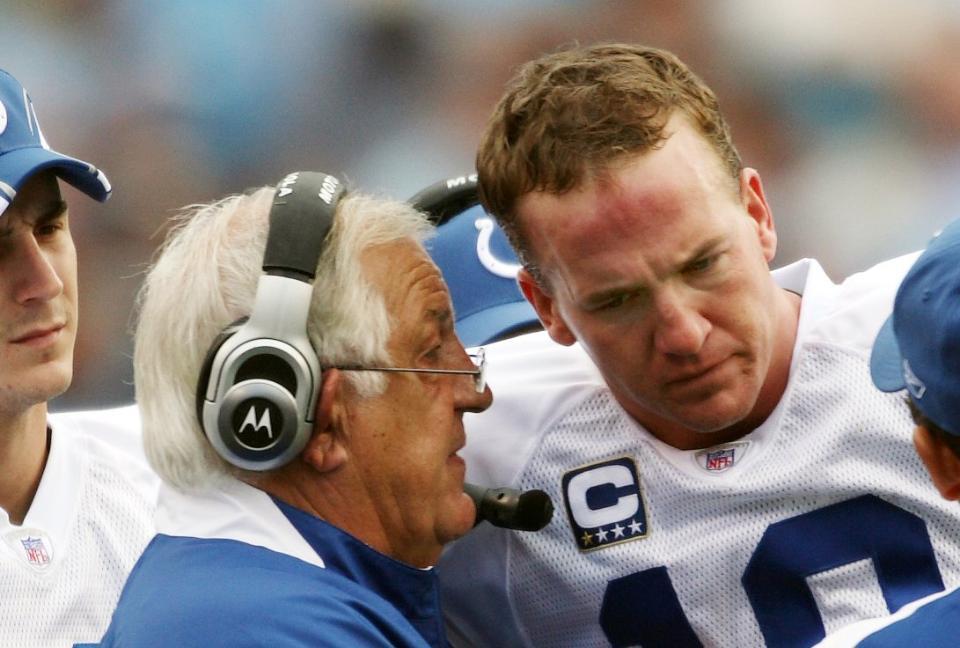
Under Coach Moore, Manning would develop into one of the greatest NFL quarterbacks of all time. Additionally, wide receivers Marvin Harrison and Reggie Wayne would become the two most successful pass catchers in team history under Moore's offense. In 2007, the Colts would defeat the Chicago Bears (29-17) to win Super Bowl XLI. In 2009, Moore contemplated retirement but served as the senior offensive coordinator. He left the Colts following the 2010 season.
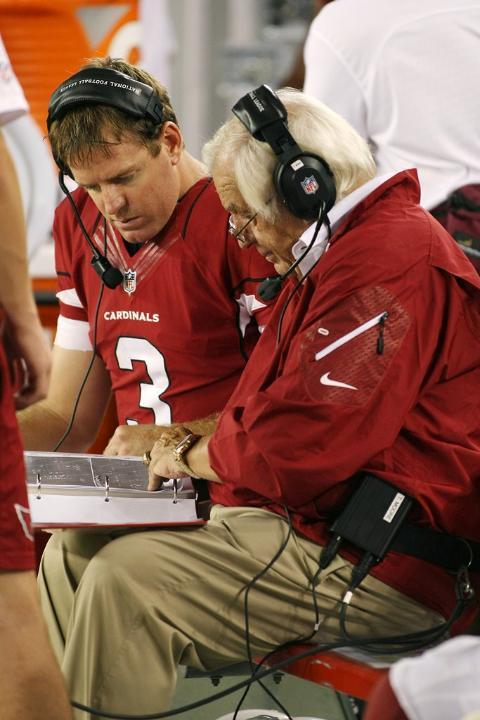
Moore spent the 2011 season as an offensive consultant to the New York Jets. He held a similar role with the Tennessee Titans during the final five weeks of the 2012 season.
On January 21, 2013, Moore joined the Arizona Cardinals. The Arizona Cardinals is the only NFL team to have two SAE quarterbacks (Carson Palmer and Drew Stanton) and an SAE coach (Tom Moore).
During the 2015 season, the Arizona Cardinals became one of the best teams in the NFL; ultimately losing in the NFC Championship game to the Carolina Panthers.
"It is a major milestone for the Iowa Beta Alumni Association to achieve its 300th member," said alumni association president Marc Rosenow (IABE '86). "We welcome and congratulate Coach Moore. We could not be more proud that he has joined us in supporting the future of Iowa Beta"
Brother Moore and his wife Emily have two children; a daughter, Terry, and a son, Dan.
Daley: My SAE experience has been a gift
By Greg Miller
Director and Communications Chair, Iowa Beta Alumni Association
Erik Daley (IABE ’97), who served as Eminent Archon in 1994, was a part of the SAE fabric for seven years. He said that it was a gift that so many incredible brothers came through his life and enriched it.
Daley always knew he would be a Hawkeye. As a child, he lived in Iowa City. His father was in charge of the maintenance of the City of Iowa City’s transportation, such as buses, trucks and snowplows while his mother completed her law degree at Iowa.
“When you are in first through third grade, you are impressionable and I became a fan of the Hawks,” he said. “I only applied to Iowa and thankfully they were dumb enough to admit me.”
His family subsequently moved to Seattle and Daley graduated from Inglemoor High School in 1990. Daley’s primary outside interest was basketball.
“Pretty much year round, I played,” he said. “I would play on the school team in the fall and winter and the rest of the time I played on a competitive traveling team. And I have been doing that forever, really. Being 6-3, I mostly played forward but sometimes I would play guard.”

Daley said he was extremely eager to get to Iowa after high school. He left Seattle early that August to get to Iowa City and go through formal rush.
“I wanted to rush right away because I was excited to get involved,” he said. “Coming from Seattle, I wanted to meet a broad variety of people before classes got started.”
Daley visited the Sigma Alpha Epsilon house at 603 S. Dubuque Street (“The Lodge”) and SAE was his first choice. He was thrilled to get a bid.
“Those guys in 1990 were a really unique group,” he said. “I don’t know how long it had been since the chapter had come back on campus, but it was easy to see that this group was really committed to working hard to take the chapter to new heights. You definitely felt the ‘try harder’ emphasis because The Lodge was far away from everything.”
“And they had some really great characters like Dave Benhart(IABE ’91) and Bill Hayes (IABE ’92)…it was a cool group of folks. The first person I made contact with was Benhart, and my perception was that he was the guy in charge of rushing me at the time. Dave was 5-10, 150 pounds and had this bright blond beard and mustache. He looked like a modern day Portland hipster! I thought he was the coolest dude!”
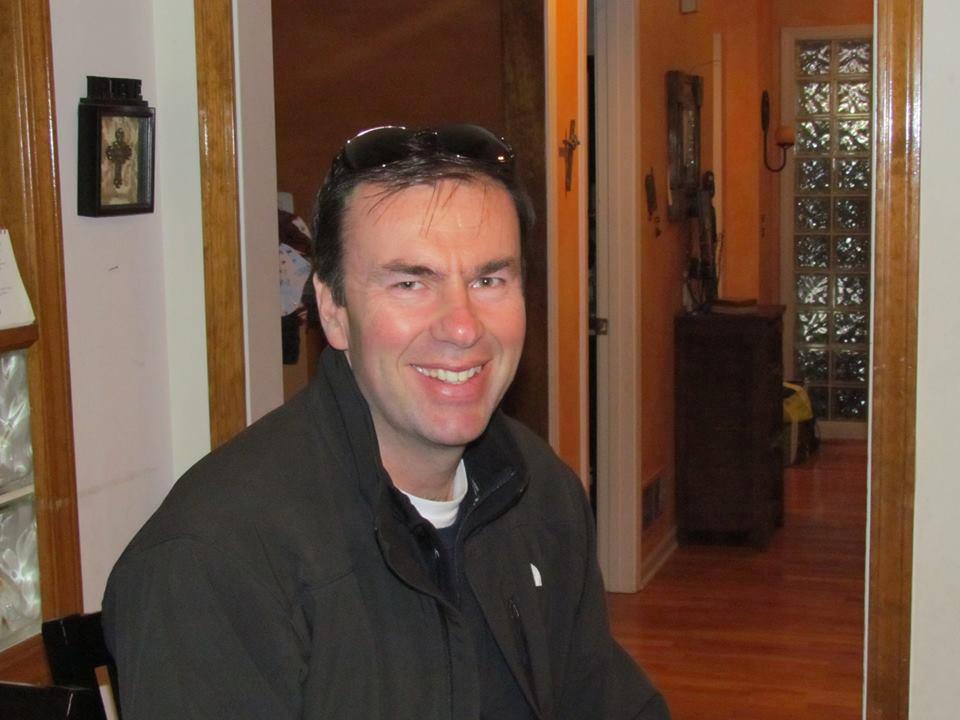
Daley pursued a degree in finance and attended the Tippie School of Business.He became close friends with Steve Cary (IABE ’92) when the two played basketball on an all-Greek team. Daley lived on the “quiet floor” in Burge Hall his first year at Iowa.
“The floor was located near the loading docks in the back of the building,” he said. “So every morning, about 6 a.m., I got to wake up to the beeping sound of trucks backing into the loading area. Yep, nice and quiet,” he said sarcastically. “Burge is nothing but concrete and tiles – sound just travels.”
In his second semester, Daley moved into “Bourbon Street,” the first floor in The Lodge. Bob Wright (IABE ’91) was in one of the rooms as was Don Souhrada(IABE ’93).
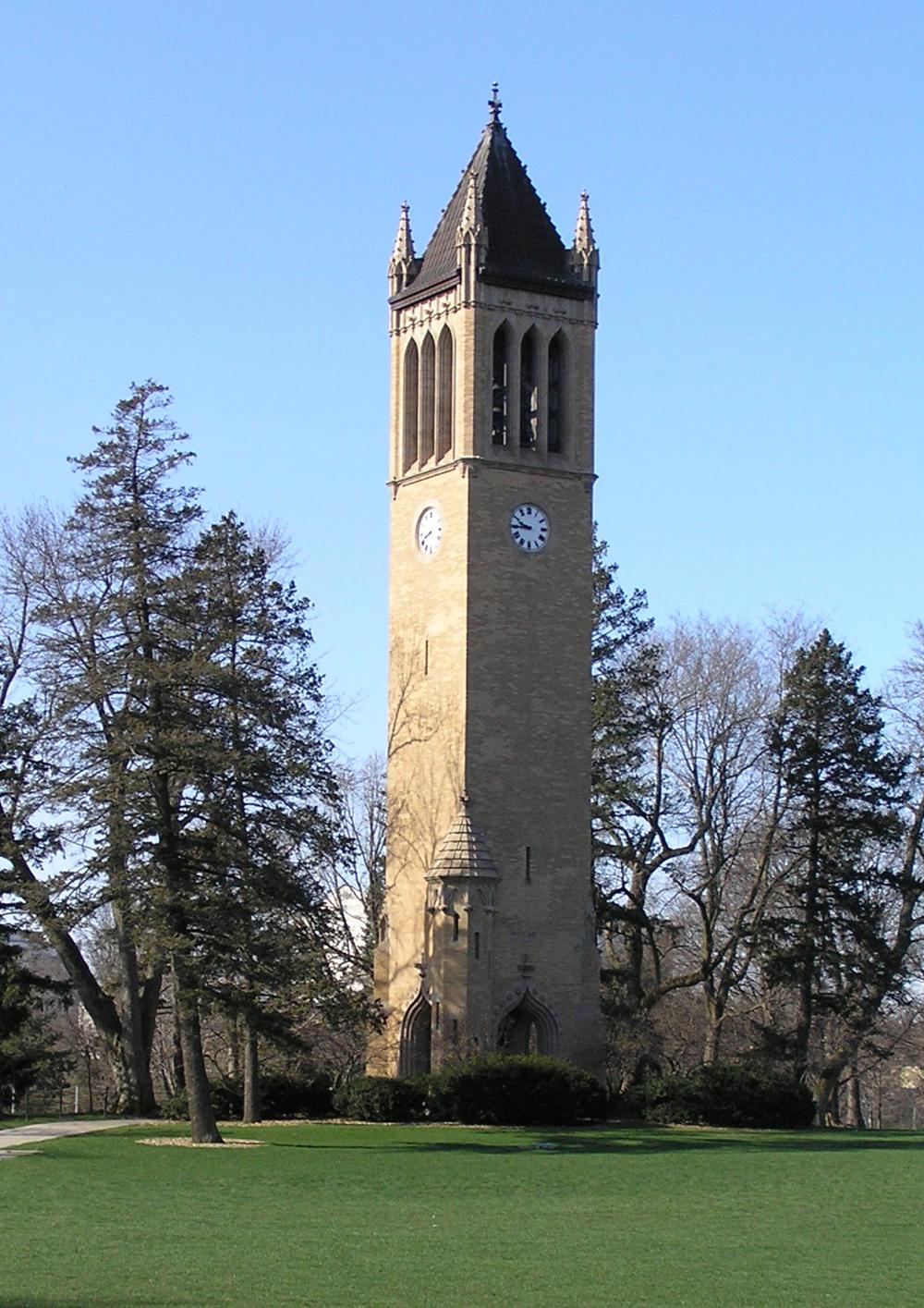
“I did not make grades that spring in 1991 so I was held over and in April, I dropped out of school and moved to Ames, IA for the next 15 months,” Daley said. “I decided to work, make some money and establish residency. Iowa City can be a lot of fun, and I certainly got my share in 1990 and 1991, and probably at the expense of some of the things I should have been doing,” he laughed. “As I worked those jobs in Ames, I came to the realization that without a college education, this whole life thing could be a kick in the teeth.”
"When I came back I still had plenty of fun, but I learned to balance things so I could get through my course work on time," he said.
Daley said some of his classes were easy and some challenging.
“I wanted to be an actuary but some of the linear algebra was hard for me to understand and while I like numbers, I realized I better stick to arithmetic more than fancy math and pursued my degree in finance,” said. Daley. “At times, I struggled to stay interested in school. I was much more concerned with what was happening in the house or working on homecoming and the dance marathon. I found all the extra curricular and social aspects much more engaging. The degree was something I had to have so I could move on in life, but there were so many cool things happening that I did not want to miss out on.”
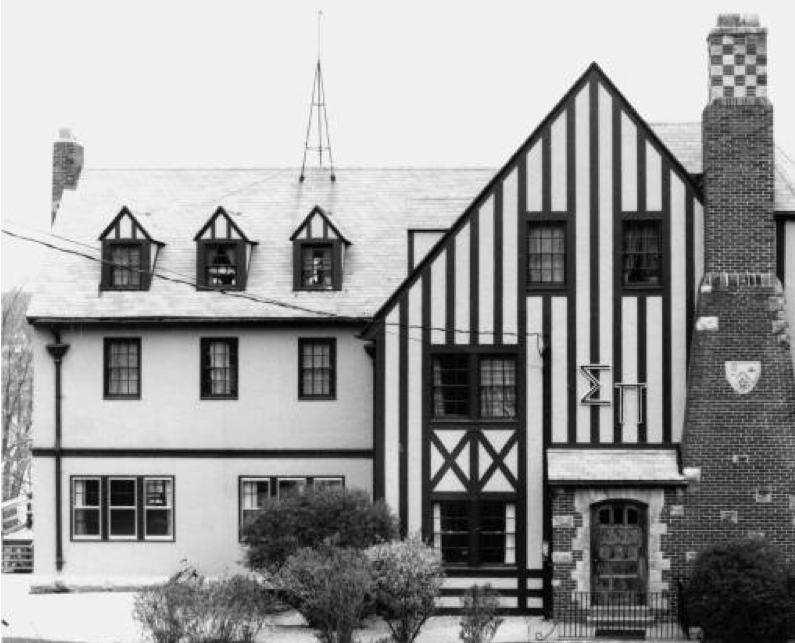
And now you look back and say, ‘Well heck, if I could accomplish half as much in a day then like I do in a full day now, I could have done it all. ’ I did not have those kinds of time management skills in my early 20s.”
When he returned to Iowa City, SAE had moved into the old Sigma Pi House, located at 707 N. Dubuque Street.
“I got an apartment because I wanted to ease back into the fraternity and get to know some of the newer guys,” he said. “There was a good chunk of turnover in those 15 months I was in Ames. Clearly some of my pledge brothers were still there and now they were juniors. There were two years of younger guys I wanted to get to know.”
Daley was initiated into the fraternity on January 30, 1993. He received badge number 230037. In 1994, he was elected Eminent Archon and moved into the house. Daley thinks a main reason that he was elected was because though he was only a sophomore in accredited hours, he was a senior age-wise. He took over the reins from Souhrada.

“It was my first time holding an office in the house, but being older, the guys thought I had the maturity to not mess it up too bad,” he laughed. “And I was still going to be in Iowa City for a few more years. I had managed to get to know the younger crew and of course, the older guys knew me awhile, so I had a pretty broad appeal.”
The house flourished during his tenure as EA. The house was strong in grade-point average, raised money for various philanthropies, and was strong in intramural football (won the football championship).
“We put together some strong pledge classes, and I was doing my best to lead projects designed to improve the property we had acquired,” he said. “We also enjoyed a very successful social calendar that year. It was much easier to pull good exchanges when you were located back in the core of the Greek houses. The location on the river allowed us to easily fill the house with members, and because we had built a good volleyball and party area, we were able to throw some quality social events.”
Daley said Tim Owens (IABE ’94) was his treasurer, and because membership numbers were strong, finances were not too challenging. When his tenure as EA concluded, Daley was succeeded by Todd Johnson (IABE ’95).
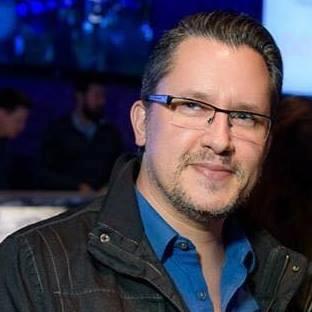
Daley’s bonds with some of the men of his are very strong.
“Carey was EA when I joined SAE and we are still really close friends,” Daley said. “We played a lot of basketball together and he was close to the chapter when I was EA. We worked together to secure the property on Riverside Drive. To this day we are super close friends.”
Daley still meets up with Carey in the San Francisco area six times a year to play basketball.
“And I still am close with Matt Egan (IABE ’94), Eric Anderson (IABE ’92), Matt O’Brien (IABE ’95), Brad Hahn (IABE ’95), and Owens… and I may be leaving out two or three…but those guys were certainly core guys I hung out with.”
Daley said that throughout his years at Iowa Beta, singing and The Ritual were practiced to the fullest.
“Ritual was really important and it had a lot meaning to everyone who participated in it,” he said.

According to Daley, the reacquisition of the SAE house at 303 N. Riverside (now called 302 Ridgeland Avenue) was the result, in part, of the suicide of the TKE president at the time.
In 1972, the SAE house was sold to TKE. We reacquired it from TKE in 1996.
The TKEs were struggling on campus at the time. They had difficulties with grades and recruiting members which lead to financial challenges for their chapter. They had little alumni involvement.
Many believe that the stress of trying to keep the chapter together, saving the fraternity house, and righting the ship while simultaneously focusing on his esteemed personal scholastic standing as a college student, led to the untimely death of 21-year-old Brad Swanson, an engineering student from Rockford, IL, who died from a self-inflicted shotgun blast. He was found dead in the house on Oct. 29, 1995. Swanson was the president of the TKE fraternity.
“Because the TKE chapter was in decline, Mary Peterson, who was the director of Greek Life, was serving on their board to give them some assistance,” Daley said. “The alumni were not around. And that’s how most alumni organizations are. When the chapter is rocking along, there are alumni everywhere. When a chapter is in decline, you can’t beat them out of a tree.”
Carey, who was serving on the SAE house corporation, caught wind of the TKE house going under and brought it to the attention of the house corporation board.
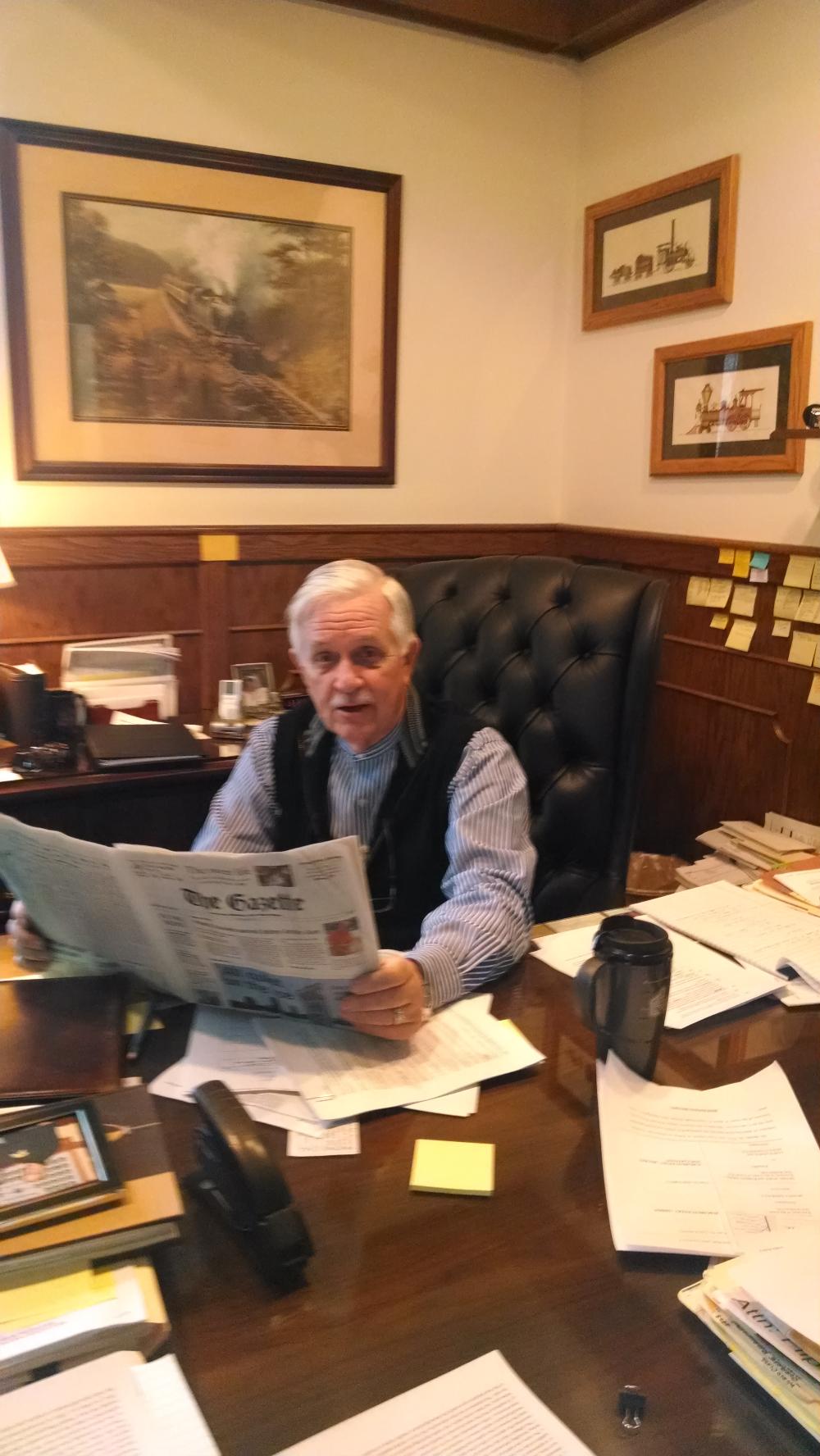
“Steve and all of us knew that house originally belonged to SAE,” he said. “And after the Swanson incident, we knew there was no way the TKEs were coming back. So Carey and I worked directly with Peterson on an acquisition plan to buy the house. This was advantageous for her to keep it in the system.”
The Sigma Chi house had fallen out of the system a few years prior and Iowa wanted to maintain a strong Greek System.
“Flip Klinger (IABE ’64), Ray Stefani (IADE ’75) and a few others were active on the house corporation, and Cary worked with them to buy the house and return it to SAE,” he said.
As the TKEs vacated the premises in July 1996, they trashed the house. Daley was brought in that summer to serve as a guardian before undergraduates arrived in the fall.
“The first three weeks I lived in the house there was no water or electricity,” he said. “There were work crews coming in to get the house back in reasonable shape.”
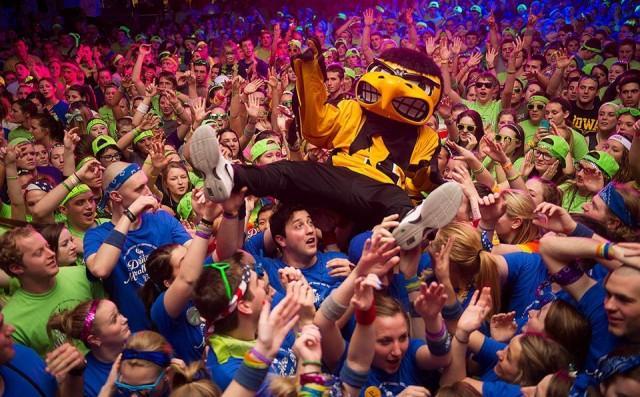
Daley met his future wife, Leslie Hinkle, who was in the Chi Omega sorority at the first year of the dance marathon. He dated Leslie for three years. Upon graduation, Daley landed a job working with a Seattle pension consulting firm and married Leslie at the Levere Memorial Temple in Evanston.
“That first year of the marathon, the organizers really wanted to get the Greeks involved,” he said. “They paired up chapters, and they would have representatives walk around tailgates and collect donations for the dance marathon. They called it ‘canning,” he said. “Nobody wanted to get up early on a football Saturday and beg for money.”SAE was paired with Chi Omega.
“We had a mixer with Chi Omega the night before the marathon. The next morning, I had to drive the pledges down to the IMU to meet with the girls.And when I got there, I saw Leslie, who was coordinating her sorority’s efforts. Rather than going home to sleep, which was my intention, I decided to stick it out with the pledges and hung out with Leslie. We started dating shortly thereafter.”

Daley said after he graduated, Leslie wanted to move out west so he started looking for a job in Seattle.
“I had a high school buddy who was working at a parking garage for one of the downtown buildings,” he said. “I gave him a few hundred resumes and he handed them to everybody as they left the building. IPC Pension Services called me in for an interview and I got the job.”
He worked at IPC from 1997 until 2003. In November of 2003, Daley and Scott Cameron founded the Portland-based Multnomah Group, a firm that does investment consulting for pensions. It has grown to 13 people.
Daley arrived in Portland in 2002 to work with IPC’s Portland office.
“That year I decided that I would rather do this kind of work on my own than work for someone else,” he said.
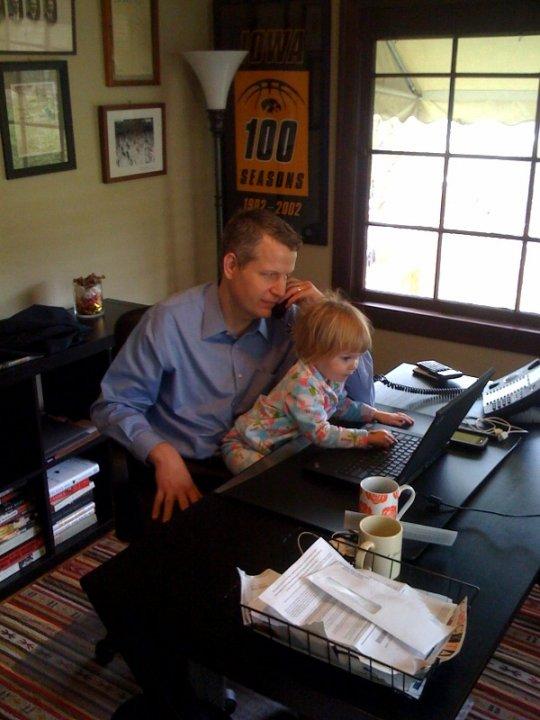
Erik and Leslie have two girls, a 13-year-old, Kate, and an 8-year-old, Natalie. The family likes to travel together during free time. Kate is 5-9 and, like her dad, enjoys basketball. Daley also spends time kicking the soccer ball with Natalie.
“The acting, singing and drama is not my thing,” he said. “I let mom handle that. But I am a registered taxi driver taking them to all their activities.”
In work, play and family time, Daley said the SAE experience has benefitted him greatly.
“I think a big piece of my experience was working the subgroups within the larger group of the house,” said Daley. “It was a good training ground to communicate to different people and understand each one’s needs. And in my career and family, it’s been something I have been able to use – meeting people where they are.”
“And frankly, at times there is nothing more powerless than being an EA. You may have the gavel in your hand but in the end, you have 80 guys, and you have to get at least 50 of them to agree on the direction. This illustrated that whether you are a boss or project leader, you never get to be the absolute dictator. Leading requires a lot of communicating and compromising. You try to build consensus.”
The leadership lessons Daley learned at Iowa Beta prepared him for a successful career in later life.
"My time at Iowa was an absolute blast, and I am looking forward to seeing many of my brothers back at the SAE house when we open it up again."
QUIZ ANSWER: That voice belongs to brother Sam Elliott
Sam Elliott is the voice you hear when you see Coors beer and Dodge truck commercials. He was born in Sacramento, CA on Aug. 9, 1944 and was a member of Sigma Alpha Epsilon at Cal State Los Angeles.
Elliott began his career as a character actor; his appearance, voice, and bearing were well-suited to Westerns. One of his first film roles was as 'Card Player #2' in Butch Cassidy and the Sundance Kid (1969).
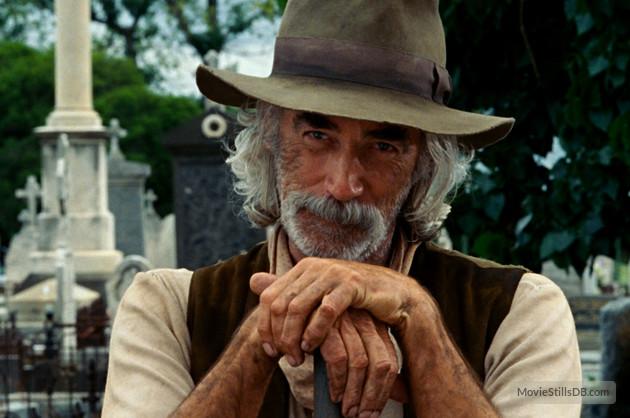
Elliott's breakthrough came with his supporting role in Mask (1985) when he co-starred with Cher. In 1986 he starred in a TV movie Gone to Texas based on a biography of Sam Houston. The role allowed him to play Houston as both a fighter and a man who grew into a skillful political leader; the film depicted his disgrace as Governor of Tennessee, his return to his Cherokee Nation friends, and his pivotal role in the liberation of Texas from Mexico in 1836. Elliott played Wade Garrett in Road House (1989) with Patrick Swayze and played Virgil Earp in Tombstone (1993), which starred Kurt Russell and Val Kilmer.
In 1998, Elliot was named the grand marshal of the Calgary Stampede parade and rode in the procession before an estimated 300,000 spectators. Elliott co-starred in We Were Soldiers, which is based on the book We Were Soldiers Once… And Young, portraying Sgt. Maj. Basil L. Plumley.
In 2005 he appeared in Thank You for Smoking, as a former Marlboro Man advertisement cowboy who has developed lung cancer. Elliot joined Nicolas Cage in 2007 in the comic book adaptation Ghost Rider. He played a college football coach in 2014's Draft Day.
In 2015, he won the Critics' Choice Television Award for best guest performer in a drama for his role in the FX Network's show Justified.
What is your opinion on using house mothers?
As far back as the earliest days of the Chapter, when the men of Iowa Beta lived at 400 N. Clinton Street in the early 1900's, a house mother was an important part of living in the Iowa Beta chapter house.
However, house mothers fell out of fashion for most fraternities at Iowa by the 1980s and were regarded as being "quaint but archaic." The replacement for adult supervision was a resident educational adviser, often a graduate student, who lives in the chapter house to help students study and stay on track. Most sororities at Iowa continue to have a house mother.
Many alumni have recently asked: "When Iowa Beta moves back into the chapter house, can we bring back a house mother?"
Having a house mother living in the chapter house can provide a calming, stable influence on young college men. Many of our alumni brothers say they believe that the presence of a kind but firm lady in charge helps ensure young men remain on good behavior and act as True Gentlemen.
"You need to consider bringing back the house mother," advises Roger Strand (IABE '47). "Boys will be boys and can always get into trouble. The house mother was so respected that we always behaved ourselves when she was around."
Strand remembers that dinners in his day were always formal with coat and tie and nobody ate until the house mother, escorted by the Eminent Archon, was seated. The "SAE Grace" was sung before meals.
Moreover, several Iowa Beta alumni in the 1950s and 1960s also have commented on the importance of some form of adult supervision being present.
The University of Iowa currently requires that a "house director" live in the fraternity house. The house director can be a graduate student or a house mother or house dad and duties and compensation vary among the fraternities.
Found memories of house mothers throughout the decades have led us to ask the question: Do you think it is time to reconsider having a house mother when Iowa Beta reoccupies the Chapter House in August 2017 or are there better ways to have adult supervision in the Chapter House?
Please share your opinion by clicking the button below to Take the Survey:
Thank you for participating!
The Opinion Survey results will be published in a future newsletter.
Iowa Beta annual report available for review
The Iowa Beta Alumni Association is pleased to announce that the 2015 Annual Report is available to members in good standing.
The Annual Report contains information about our donations and finances, Honor Roll of Donors, the 2015 Chapter Eternal members and comments about our programs and initiatives.
If you are interested in receiving a copy of the 2015 Annual Report and are a member of the Iowa Beta Alumni Association, please click the ANNUAL REPORT button below:
Ryan Johnson joins Alumni Advisory Board
The Iowa Beta Alumni Association is pleased to announce that Ryan Johnson (IABE ’14) has joined the Alumni Advisory Board committee where he will help define the financial policies and practices of the new Iowa Beta colony.
Johnson, a Hinsdale, IL native who now resides in Dallas, TX, is an associate with Mohr Partners, Inc. an international commercial real estate services firm specializing in tenant advisory and consulting services.
As an undergraduate, Johnson served the fraternity in many key roles including Eminent Treasurer. His shrewd fiscal management during turbulent times helped ensure the necessary funds to bridge the financial gap until the chapter house was temporarily leased to TKE. Iowa Beta will reoccupy the premises in August 2017.
“We are extremely happy that Ryan has volunteered to serve,” said Iowa Beta Alumni Association president Marc Rosenow (IABE ’86). “Ryan brings a wealth of talent and chapter operations experience that will be greatly needed as Iowa Beta restarts. We are lucky to have him on the team. He is a True Gentleman in every sense of the term.”
The presidential election is decided in the college
We all went to college; but not this college. And when the United States chooses its president it is actually through the Electoral College system. This process will play out again this year. But how did this all begin?
In 1787, as the US Constitution was being written, there was a great deal of suspicion about the concept of a strong central government and its potential to infringe on the rights of the individual states. This was based on the recent experience with England. Thus, there was much debate on the role of a federal government as well as how to elect a president and a vice president with a process that was fair to large states and smaller states alike.
Many ideas on how to choose the president and vice president swirled around in the days of the Founding Fathers.
They first considered having a direct popular vote of the people, but the issue of slavery and how to account for slaves rendered that impossible. Next, they considered having Congress elect the new president and vice president, but ruled that out as being too divisive. They considered having the state legislatures elect the president and vice president, but the question of federal versus state authority got in the way.
Ultimately, they adopted a model, based on the "Virginia Plan", which was an indirect election of the president and vice president through the Electoral College. The idea was championed by James Madison.
The concept was that a select group of the most knowledgeable people from each state would cast a vote for president and vice president based solely on merit. Political parties, as we currently understand them, did not play a major role in US elections until 1796.
The Electoral College is established in Article II, Section 1 of the U.S. Constitution. Each state has as many "electors" in the Electoral College as it has representatives and senators in the United States Congress.
When voters go to the polls in a Presidential election, they are actually voting for the slate of electors vowing to cast their ballots for that ticket in the Electoral College.
Except for Maine and Nebraska, whose Electoral College votes are awarded on a proportional basis, Electoral College votes are typically awarded on a winner-takes-all basis where the presidential candidate that wins the state receives all of its elector votes.
The Electoral College process provided the Constitutional Convention with a compromise between the popular election of the president and congressional selection.
Since the mid-20th century, on January 6 at 1 p.m. before a Joint Session of Congress, the vice president opens the votes from each state in alphabetical order. He passes the votes to four tellers—two from the House and two from the Senate—who announce the results. House tellers include one representative from each party and are appointed by the speaker. At the end of the count, the vice president then declares the name of the next president.
- The date of the count was changed in 1957, 1985, 1989, and 1997.
- Sitting Vice Presidents Richard Nixon (1961), Hubert Humphrey (1969), and Al Gore (2001) all announced that they had lost their own bid for the presidency.
The Electoral College system has been modified twice:
- The 12th Amendment—ratified in 1804—changed the original process, allowing for separate ballots for determining the president and vice president.
- The District of Columbia has had three electors since the 23rd Amendment was ratified in 1961.
Over the years, there have been periodic discussions to modify the system, particularly after cases in which a candidate wins the popular vote but loses in the Electoral College.
Recently, the closest Congress has come to amending the Electoral College was during the 91st Congress (1969–1971). H.J. Res. 681 proposed the direct election of a President and Vice President, requiring a run off when no candidate received more than 40 percent of the vote. The resolution, endorsed by president Richard Nixon, passed the House in 1969, but failed to pass the Senate.
In US history, there have been four times a candidate has won the popular vote and lost the election:
- Andrew Jackson in 1824 (to John Quincy Adams)
- Samuel Tilden in 1876 (to Rutherford B. Hayes)
- Grover Cleveland in 1888 (to Benjamin Harrison)
- Al Gore in 2000 (to George W. Bush).
The Electoral College remains the way Americans "rock the vote" in presidential elections.
Iowa Beta seeking undergrads for colony
The Iowa Beta chapter officially returns as a phoenix colony in the fall but a small "interest group" of students who want to become members of SAE will be formed this semester. These men will become the nucleus of the new Iowa Beta.
It is extremely important to get the culture right from the start; prospective members must be serious men of good character with strong academic standing and who demonstrate leadership through campus, extracurricular and community involvement.
"We are seeking such men to form the nucleus of the new Iowa Beta chapter and become its re-founding fathers," said Tom Halterman (IABE '89), Director and Chairman of the Alumni Advisory Board Committee, Iowa Beta Alumni Association.
Do you have a son, brother, nephew, grandson or cousin or know anyone who would make a good Iowa Beta SAE? Legacies are especially welcome.
Please let us know by clicking the RECRUITING button below.
Thank you.
Happy 111th Birthday, Iowa Beta!
On February 11, 1905, then-Eminent Supreme Archon William C. Levere (Northwestern) arrived in Iowa City to conduct the installation ceremony for the newly-minted Iowa Beta chapter.
It was Levere's idea to have a chapter at the University of Iowa as there was no SAE chapter anywhere in the state. Simpson College in Indianola had a chapter, but it went off campus 10 years prior.
The Iowa Beta chapter began life as the Alpha-Iota local fraternity in March 1904 with the sole purpose of becoming a chapter of Sigma Alpha Epsilon.
Dr. Wilber J. Teeters (Mount Union College and Michigan), Iowa's Dean of the College of Pharmacy, was the principle founder of the Iowa Beta chapter and remained its Chapter Advisor until he entered the Chapter Eternal on December 14, 1959.
During the Chapter installation, Levere also conducted the initiation ceremony for the young men who became the first active members of the fraternity at Iowa.
The name "Beta" was chosen because it was the second SAE chapter to be chartered in the state of Iowa, even though it was the only one in existence at the time.
Happy 111th Birthday, Iowa Beta!
Disclaimer: All images used by the Iowa Beta Alumni Association (the "Alumni Association") are either owned by the Alumni Association, authorized for use by the Alumni Association or are used under Fair Use for education, information and news purposes by a 501(c)(3) nonprofit organization. If you are the copyright holder of a certain image and wish us to remove that image, please contact us at the email address below.
